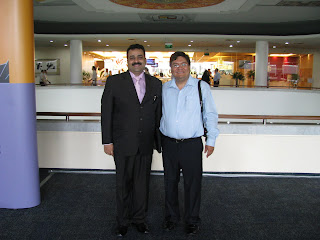Kisan Divas

Kisan Divas By Dr Arvind Kumar Plight of farmers in India has become very critical in recent decades. Small farmers are reeling under appalling debt and many of them commit suicide for being not able to repay the debt. 23 December is celebrated as Kisan Divas or Farmers’ Day to commemorate the memory of Chaudhary Charan Singh, whose life reflected his peasantry background and he understood problems of the farmer and did his best to help them. The plight of farmers in India has been very miserable in present-day India and they have always been at the receiving end since Independence. Their hard toil fetches them nothing except fake assurances from the dispensations at the helm. It’s sad and unfortunate that people who are indispensable for the growth of nation have been left to their fate. This is quite evident from the suicide cases in Maharashtra, Andhra and other parts of the country including West Bengal. In state like UP middlemen and Mandi officials ensure that the farmer



















